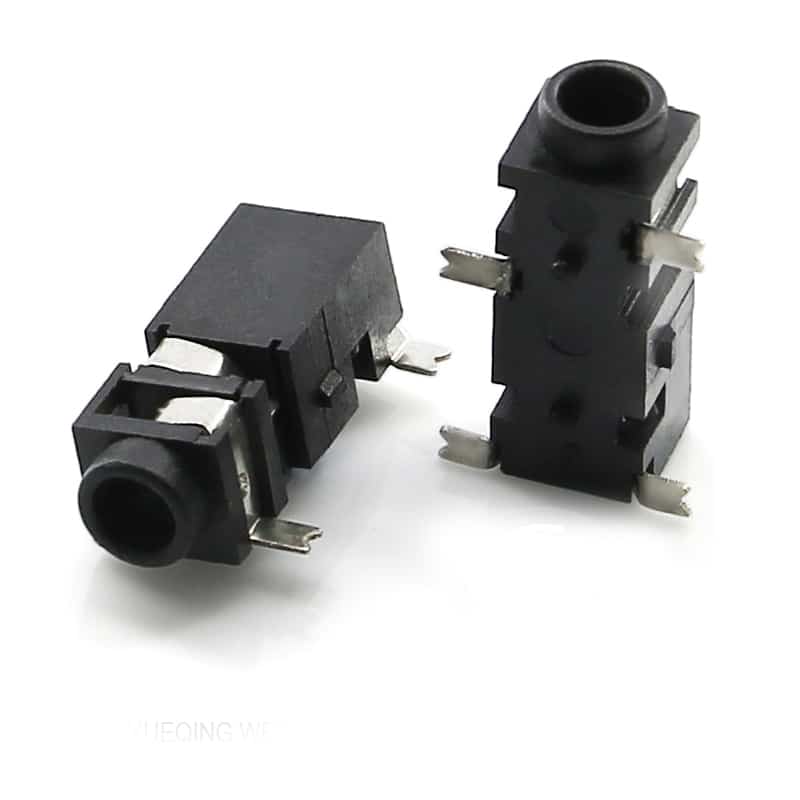Des: 2.5MM DIP Earphone jack 3P plug-in right angle
Part No: PJ-203
Specification:
Rating: DC 30V 0.5A
Insertion & extraction Force: 3-30N
Life test: 5,000 Cycles
Packaging: Bag/Reel

Des: 2.5MM DIP Earphone jack 3P plug-in right angle
Part No: PJ-203
Specification:
Rating: DC 30V 0.5A
Insertion & extraction Force: 3-30N
Life test: 5,000 Cycles
Packaging: Bag/Reel
Since its release in 2014, USB Type-C connectors have become a universal interface standard for consumer electronics, industrial equipment, and in-vehicle systems with features such as full-duplex high-speed transmission, bidirectional power supply (PD 3.1 240W), and multi-function integration (DP/HDMI Alt Mode). According to the statistics of the USB-IF Association, the global shipment of USB-C-equipped devices will exceed 5 billion units in 2023, with a penetration rate of 89%. However, the USB-C connector is not a “monolith”. Its performance and structure are highly differentiated due to differences in application scenarios, industry
The DP interface, or DisplayPort interface, is a digital video interface standard developed by the PC and Chip Manufacturers Alliance and standardized by the Video Electronics Standards Association (VESA) in 2006. This DisplayPort interface is designed to meet the growing demand for high-resolution, high-bandwidth video transmission, gradually replacing traditional VGA, DVI and HDMI interfaces. The following is a detailed introduction to the DisplayPort interface: Exploring the Features of the DisplayPort Interface The DisplayPort interface is becoming increasingly popular due to its versatility and efficiency in digital display technology. Furthermore, the
A Tactile Switches is a momentary-contact electronic component that rapidly closes or opens a circuit when minimal operating force (typically 1-5N) is applied. Upon pressure release, its internal metal dome automatically resets to break the connection13. Core characteristics include: Key Structural Components: plaintextCopy CodeTerminal Pins → Electrical contacts Base → Structural support Metal Dome → Conductive element (copper/silver alloy) Button → Transmits external force Cover → Dust/contaminant shield The comparison between tactile switches and push button switches, maintaining technical accuracy and structural clarity: I. Core Operational Principles II. Structural & Performance Comparison
Are you looking for a reliable electronic connector manufacturer to support your business with high-quality products at competitive pricing?